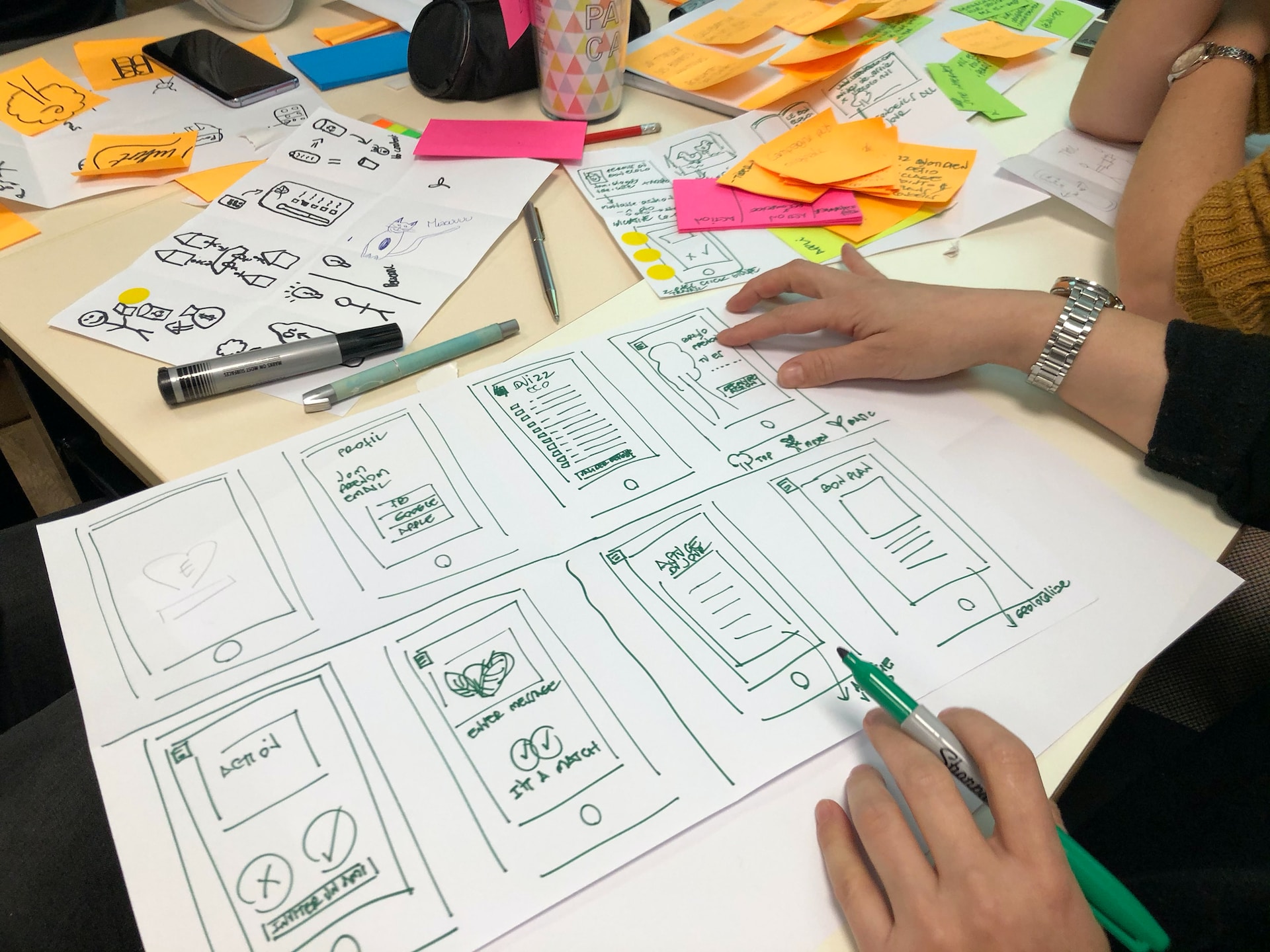
What Is User Onboarding?
User onboarding is the process of introducing new users to your product and helping them become successful with it. A well-designed onboarding experience can significantly impact
user retention and long-term product success.
This guide explores the key components and strategies for creating an effective user onboarding process.
The Building Blocks of a Successful User Onboarding Strategy
Let's explore the foundational elements that are key to building an effective user onboarding strategy, ensuring a smooth journey for your users from start to finish.
Setting Clear Goals and Objectives
The first step in creating a successful onboarding strategy is to define clear goals and objectives. These should be aligned with your product's value proposition and the desired outcomes for your users. Common goals for user onboarding include:
Increasing user activation rates
Reducing churn
Improving user satisfaction
Encouraging users to complete specific actions or tasks
Identifying Key User Segments and Personas
Understanding your target audience is essential for designing an effective onboarding experience. Start by identifying key user segments and creating personas to represent the different types of users who will interact with your product.
This will help you tailor the onboarding experience to the unique needs, goals, and preferences of each user group.
Mapping the User Journey
Once you've
identified your target audience and defined your goals, create a user journey map to outline the steps users will take throughout the onboarding process.
This should include all touchpoints, interactions, and milestones from the moment a user signs up to the point where they experience the core value of your product.
A well-defined user journey map will help you identify potential pain points, bottlenecks, and opportunities for improvement in the onboarding process.
Crafting an Engaging and Effective Onboarding Experience
Now let's delve into the art of creating an onboarding experience that captivates your users, helping them understand and leverage the full potential of your product.
Providing Contextual Guidance and Support
An important element of user onboarding best practices is providing users with the right guidance and support at the right time. This can be achieved through a combination of tooltips, in-app messages, guided tours, and help documentation.
For example,
Appcues is a user onboarding platform that allows
product managers to create personalized, contextual onboarding experiences without any coding.
Balancing Information and User Engagement
While it's essential to provide users with the information they need to succeed, overwhelming them with too much information upfront can lead to confusion and frustration. Strive for a balance between educating users and encouraging them to explore and interact with your product.
One way to achieve this is by using a progressive disclosure approach, revealing information as users progress through the onboarding process and only when it's relevant to their current context.
Leveraging Gamification and Incentives
Gamification and incentives can be powerful motivators for user engagement during the onboarding process. By incorporating elements such as points, badges, and progress bars, you can create a sense of accomplishment and encourage users to complete specific actions or tasks.
For instance,
Duolingo uses gamification elements like streaks, experience points, and rewards to keep users engaged and motivated as they learn a new language.
Measuring and Optimizing the Onboarding Process
To ensure the effectiveness of your user on-boarding strategy, it's crucial to continuously measure and optimize the process.
Use key performance indicators (KPIs) such as activation rate, time-to-value, and user retention to evaluate the success of your onboarding efforts and identify areas for improvement.
Tools like
Mixpanel and
Amplitude can help you track and analyze user behavior data, providing valuable insights for optimizing your onboarding process.
The Role of Customer Feedback in User Onboarding
Gathering and incorporating customer feedback is essential for creating a user-centric on boarding experience.
By listening to your users and understanding their needs, preferences, and pain points, you can iterate and improve your onboarding process to better meet their expectations.
Conducting User Interviews and Surveys
User interviews and surveys are valuable tools for collecting qualitative feedback on your onboarding process. By asking open-ended questions and encouraging users to share their experiences, you can gain valuable insights into what's working well and where improvements can be made.
Platforms like
Typeform and
SurveyMonkey make it easy to create and distribute surveys to your users, while tools like
Calendly and
Zoom can help you schedule and conduct user interviews.
Monitoring User Feedback Channels
Keep an eye on user feedback channels such as in-app chat, email, and
social media to gather insights and identify trends in user sentiment. Tools like
Intercom and
Zendesk can help you monitor and manage user feedback from various channels in one place.
Analyzing User Behavior Data
In addition to qualitative feedback, analyzing user behavior data can provide valuable insights into how users are interacting with your product during the onboarding process.
By examining metrics such as drop-off rates, task completion rates, and time spent on specific features, you can identify areas where users may be struggling and make targeted improvements.
Implementing a User Onboarding Process that Evolves with Your Product
As your
product grows and evolves, it's essential to continuously iterate and improve your onboarding process to ensure it remains relevant, engaging, and effective.
This may involve updating your onboarding content to reflect new features and functionality, refining your user journey map to account for changes in user behavior, or introducing new support and guidance resources.

Upgrade Your User Onboarding Rates Today
User on-boarding is a pivotal part of product success, demanding careful planning, execution, and constant optimization. However, its complexities can be daunting.
Maven's
online courses can be a game-changer, providing deep insights and practical strategies to craft an effective onboarding process.
Through expert instruction, hands-on lessons, and real-world user onboarding examples, Maven empowers you to design an onboarding strategy that enhances user satisfaction, boosts retention, and drives product success.
With Maven, you'll equip your users and your business for triumphant outcomes right from the first interaction.






